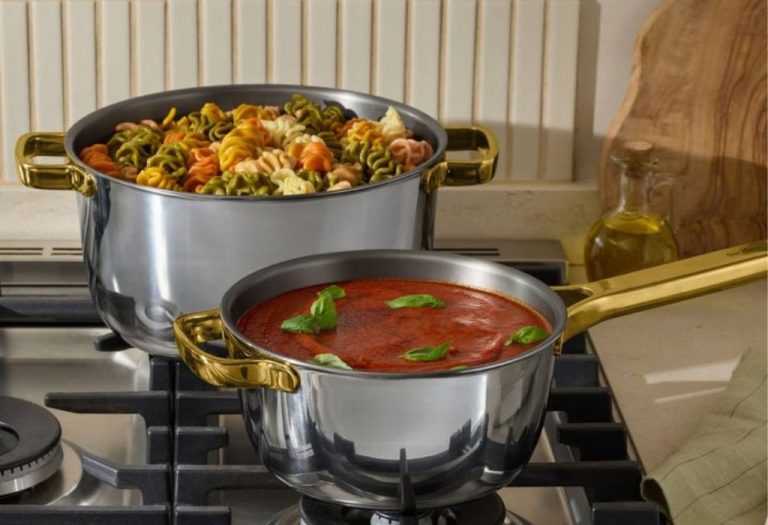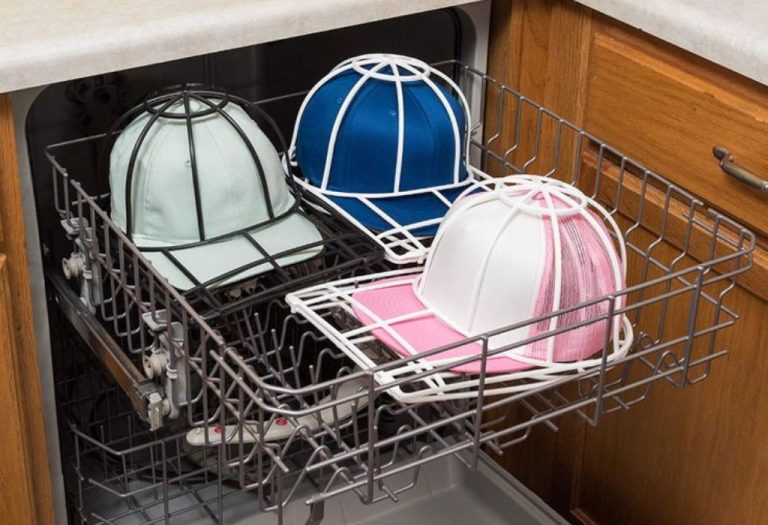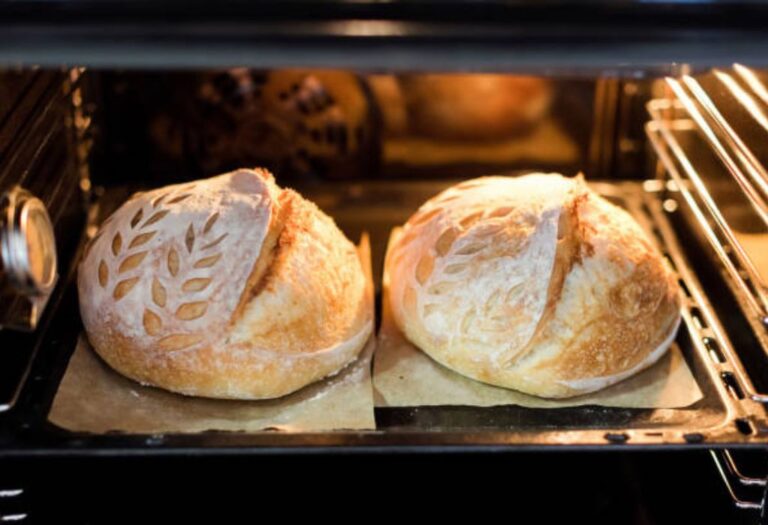A brand-new cookware set can brighten a kitchen and inspire healthier meals. Yet many home cooks still pause and ask the crucial question: is tramontina ceramic cookware safe for long-term use.
The curiosity is understandable. Labels often highlight “PFAS-free” or “PFOA-free,” but few explain what those claims truly mean or how long coatings actually last.
The problem grows when conflicting information appears online. Some guides praise ceramic nonstick as a safe alternative, while others caution about durability and hidden risks.
Safety concerns are not just speculation. The FDA confirms that certain PFAS compounds are still authorized in food-contact materials 【https://www.fda.gov/food/chemical-contaminants-food/authorized-uses-pfas-food-contact-applications】. This means buyers must be careful about which nonstick surfaces they trust.
Heavy metals also remain an important issue. The CDC states there is no safe level of lead exposure, even in small amounts 【https://www.cdc.gov/nceh/lead/prevention/health-effects.htm】. This fact makes it essential to verify whether cookware brands publish lead- and cadmium-free testing.
Despite these concerns, Tramontina ceramic cookware offers potential benefits. The aluminum base heats quickly and evenly, while the ceramic coating avoids PTFE fumes and provides easy food release.
Families who value safer, chemical-free cooking are often drawn to these features. The combination of performance and peace of mind is what makes Tramontina’s products appealing in a crowded cookware market.
Is Tramontina Ceramic Cookware Safe?

Tramontina ceramic cookware is marketed as PTFE- and PFOA-free, making it different from traditional nonstick pans that often rely on fluoropolymer coatings. The ceramic layer is designed to release food easily without synthetic chemicals.
The aluminum base ensures fast and even heating, while the ceramic coating serves as a barrier between food and the metal core. This construction lowers concerns about aluminum leaching and improves overall safety.
Independent reviews highlight that Tramontina’s ceramic lines are PFAS-free, but long-term performance depends on proper care. Overheating or using abrasive tools can shorten the coating’s lifespan and compromise safety.
When used correctly and replaced once the surface shows wear, Tramontina ceramic cookware is generally considered safe for everyday meals and long-term use.
Is tramontina ceramic cookware safe for daily cooking?
Yes, when used within the recommended heat range and with gentle utensils.
Does the ceramic layer block aluminum contact?
Yes, food touches the coating, not the aluminum base.
Is it PFAS-free?
Tramontina markets its ceramic cookware as free from PFAS, PTFE, and PFOA.
Any risks with heavy metals?
Most Tramontina ceramic lines are labeled lead- and cadmium-free, but checking product details is advised.
Does safety depend on care?
Yes, avoiding high heat and harsh cleaning helps maintain safe performance.
What Tramontina Ceramic Actually Means
The phrase “Tramontina ceramic cookware” does not mean the pans are made entirely of ceramic. Instead, it describes aluminum-based cookware coated with a silica-derived ceramic nonstick layer.
The aluminum body provides strength and fast, even heating, while the ceramic coating creates a slick, PFAS-free cooking surface. This combination balances performance with the appeal of chemical-free marketing claims.
Tramontina highlights terms such as “PFOA-free,” “PTFE-free,” and “lead-free,” but these are not strictly regulated. Transparency in product labeling and third-party testing reports are stronger indicators of safety.
Shoppers often confuse ceramic-coated aluminum with pure ceramic cookware. Pure ceramic is heavier, less durable, and prone to chipping, while Tramontina’s ceramic-coated designs aim to be lighter and more versatile.
Is tramontina ceramic cookware safe by design?
Yes, the ceramic coating reduces direct food contact with aluminum.
Does “PFOA-free” equal “PFAS-free”?
Not always, but Tramontina specifies its ceramic lines as PFAS-free.
What does “nontoxic” mean here?
It is a marketing term, so verified safety testing is more reliable.
Is pure ceramic the same as Tramontina ceramic?
No, Tramontina uses ceramic-coated aluminum, not solid ceramic.
Does labeling guarantee safety?
It helps, but independent test results provide stronger assurance.
Core Safety Factors
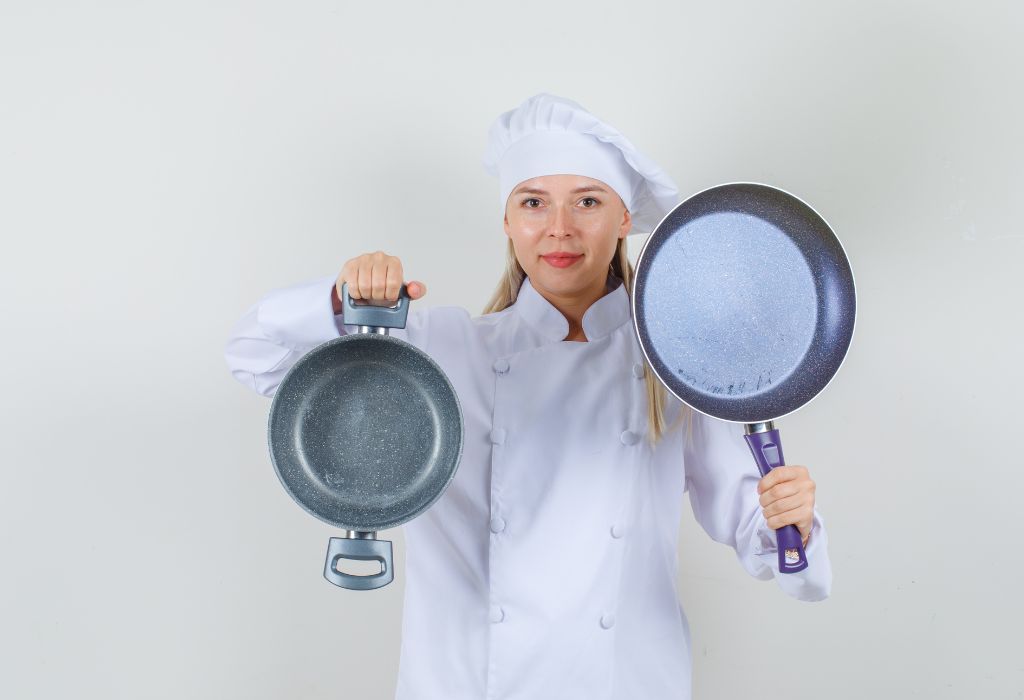
The safety of Tramontina ceramic cookware depends on a few critical elements: chemicals, heavy metals, aluminum exposure, and heat tolerance. Each factor plays a role in long-term performance and user confidence.
Ceramic coatings are marketed as PFAS-free, avoiding the fluoropolymers found in traditional nonstick. This makes them appealing to buyers who want a chemical-free surface for cooking.
Lead and cadmium are important concerns in imported cookware, but Tramontina states that its ceramic lines are lead- and cadmium-free. This reduces risks tied to toxic metal exposure.
Aluminum forms the base of Tramontina’s cookware, but the ceramic coating prevents food from contacting the bare metal. This limits aluminum leaching, which is otherwise more likely with acidic foods or damaged pans.
Heat limits are essential to maintaining safety. Many Tramontina ceramic pans are oven-safe up to around 400°F, but exceeding this range can damage the coating and shorten lifespan.
Is tramontina ceramic cookware safe at high heat?
Yes, if kept within the manufacturer’s recommended temperature range.
Does ceramic fully prevent aluminum leaching?
Yes, unless the coating is damaged or heavily worn.
Are Tramontina pans free from heavy metals?
Yes, their ceramic lines are marketed as lead- and cadmium-free.
Is it safe to cook acidic foods?
Yes, but avoid prolonged cooking at very high heat with acidic sauces.
Does overheating affect safety?
Yes, high heat weakens the coating and reduces nonstick performance.
Performance & Durability
Tramontina ceramic cookware is lightweight and quick to heat because of its aluminum base. The ceramic layer adds a smooth surface that helps food release with little oil.
The nonstick performance is strong in the beginning, but ceramic coatings usually wear faster than PTFE-based pans. This means users may notice sticking after a few years of regular use.
Durability depends heavily on care. Gentle utensils, handwashing, and avoiding high heat all help the coating last longer and keep the cookware safe.
Induction compatibility is not guaranteed. Many Tramontina ceramic pans require a bonded steel plate to function on induction stovetops, so buyers should check specifications.
While not as long-lasting as stainless steel or cast iron, Tramontina ceramic cookware offers a balance of convenience and safer surface materials for everyday cooking.
Does Tramontina ceramic cookware last as long as PTFE pans?
No, ceramic coatings tend to wear faster under heavy use.
Is it scratch-resistant?
It resists light scratches, but metal utensils can damage the surface.
Are Tramontina ceramic pans dishwasher-safe?
Some are labeled safe, but handwashing is recommended for longevity.
Does induction work with all Tramontina ceramic pans?
No, only models with a steel base are induction-compatible.
Is durability affected by heat?
Yes, using lower to medium heat helps maintain the coating.
Safe Use & Care
The long-term safety of Tramontina ceramic cookware depends on daily habits in the kitchen. Cooking on low to medium heat protects the ceramic surface and prevents premature wear.
Using silicone, nylon, or wooden utensils reduces the risk of scratching the coating. Metal tools can damage the surface, exposing the aluminum core and shortening the cookware’s life.
Handwashing with mild soap is the safest cleaning method. Dishwashers can expose the coating to high heat and harsh detergents, which gradually weaken the nonstick layer.
Allowing pans to cool before rinsing avoids thermal shock. Sudden temperature changes can warp the base or crack the coating over time.
Routine inspection is key. Replacing cookware that shows chips, peeling, or exposed metal ensures meals remain safe to prepare.
What is the best heat setting for Tramontina ceramic cookware?
Medium heat works best for preserving nonstick performance.
Can metal utensils be used safely?
No, they can scratch the coating and reduce safety.
Is dishwasher cleaning recommended?
Handwashing is preferred to extend the cookware’s lifespan.
Should cookware be cooled before rinsing?
Yes, it prevents warping and coating damage.
When should Tramontina ceramic pans be replaced?
When chips, cracks, or worn coatings are clearly visible.
Comparisons
Tramontina ceramic cookware is often chosen for its PFAS-free coating and ease of use. Compared to traditional PTFE nonstick, it avoids chemical fumes but typically has a shorter lifespan.
Stainless steel is more durable and completely free from coatings. However, it requires oil and technique to prevent food from sticking during cooking.
Cast iron and carbon steel offer unmatched longevity and natural nonstick when properly seasoned. These pans are free from synthetic coatings but need ongoing care to prevent rust.
Pure ceramic cookware differs from Tramontina’s ceramic-coated aluminum. While pure ceramic avoids metal cores, it is heavier and more prone to chipping or breaking.
Each option balances safety, performance, and maintenance differently. Tramontina ceramic cookware appeals to buyers who prioritize convenience and PFAS-free claims, even if it means replacing pans more often.
Is Tramontina ceramic cookware safer than PTFE pans?
Yes, it avoids PFAS and PTFE but may not last as long.
How does it compare to stainless steel?
Stainless steel is tougher and coating-free, but it sticks more easily.
What about cast iron or carbon steel?
They are durable and chemical-free but require regular seasoning.
Is pure ceramic cookware the same as Tramontina ceramic?
No, Tramontina uses a ceramic coating over aluminum, not solid ceramic.
Which type is best for long-term use?
Cast iron and stainless steel last longer, while Tramontina ceramic offers short-term convenience.
Buying Checklist
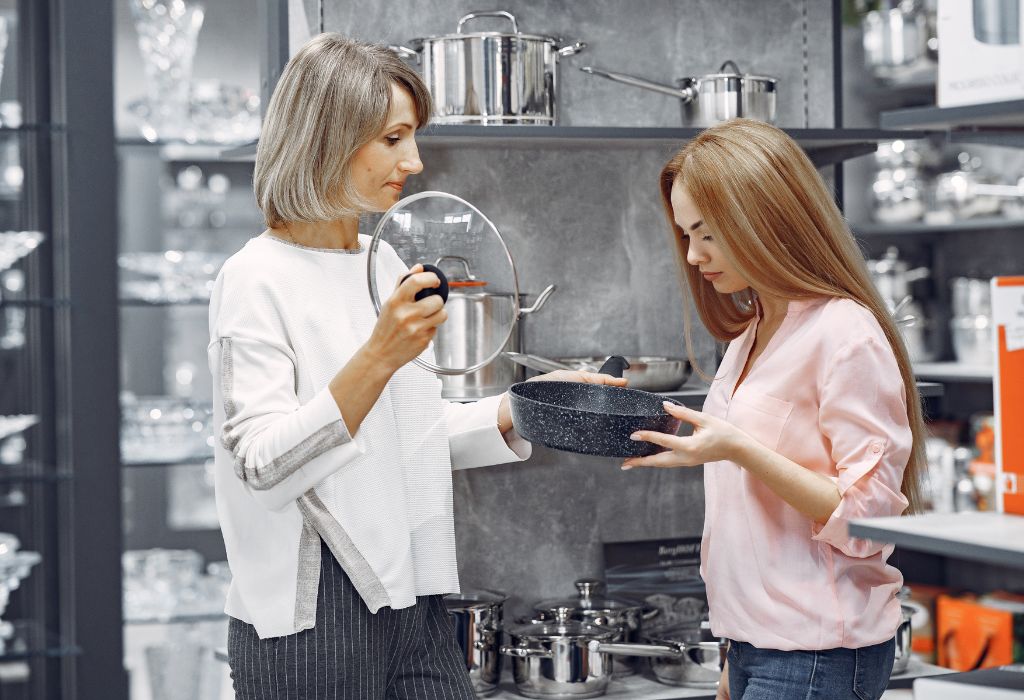
Safety and performance begin with clear labeling. Always check if Tramontina ceramic cookware is marked PFAS-free, PTFE-free, and lead- and cadmium-free.
Look for independent testing or certifications. Brands that publish third-party results provide stronger assurance of long-term safety.
Confirm the maximum oven-safe temperature. Many Tramontina ceramic pans are limited to around 400°F, and exceeding this limit can damage the coating.
Check for induction compatibility if needed. Some Tramontina ceramic cookware requires a bonded steel base to work on induction stovetops.
Avoid vague marketing terms such as “nontoxic” without supporting data. Transparent labeling and clear care instructions are better indicators of quality and safety.
Which labels matter most when buying Tramontina ceramic cookware?
PFAS-free, PTFE-free, and lead- and cadmium-free claims are most important.
Do all products come with independent testing?
Not always, so buyers should look for brands that publish test data.
Why confirm temperature limits?
Staying within oven-safe ratings prevents coating damage.
Is induction compatibility guaranteed?
No, only certain Tramontina ceramic models work with induction stovetops.
Are vague “nontoxic” claims reliable?
Not by themselves—rely on transparency and testing instead.
Conclusion
So, is Tramontina ceramic cookware safe for long-term use. The answer is yes, when purchased from trusted sources, used within temperature limits, and replaced once the coating wears.
The aluminum base delivers fast heating, while the ceramic coating reduces concerns about PFAS, PTFE, and heavy metals. This combination makes it a practical option for families who want convenience with fewer chemical risks.
Proper care is essential. Handwashing, moderate heat, and gentle utensils keep the coating intact and preserve safety over time.
For those seeking a balance between everyday usability and PFAS-free cooking, Tramontina ceramic cookware can be a smart choice. With careful use, it provides both peace of mind and reliable performance in the kitchen.
I’m Emma J. Caldwell, the founder, lead writer, and home-cooking enthusiast behind KitchenGuideCo.com. With a background in culinary arts and over a decade of cooking experience in both professional and personal kitchens, I created this platform to demystify recipes, offer smart kitchen gadget reviews, and guide readers through meal prep with confidence and clarity.


